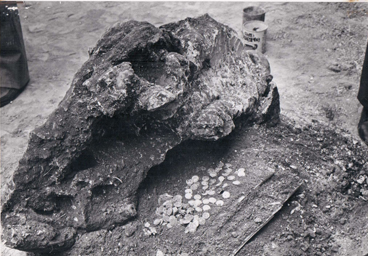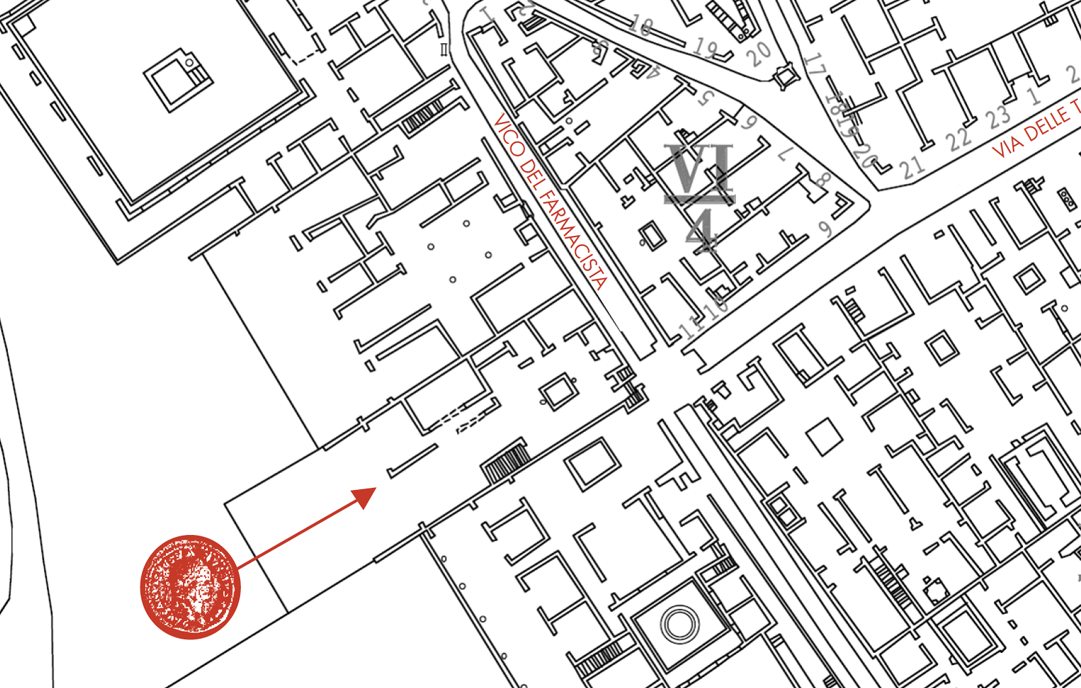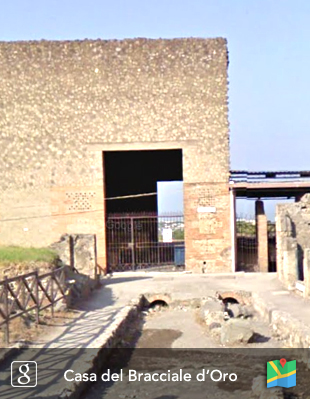Step 4 - The house of the golden bracelet
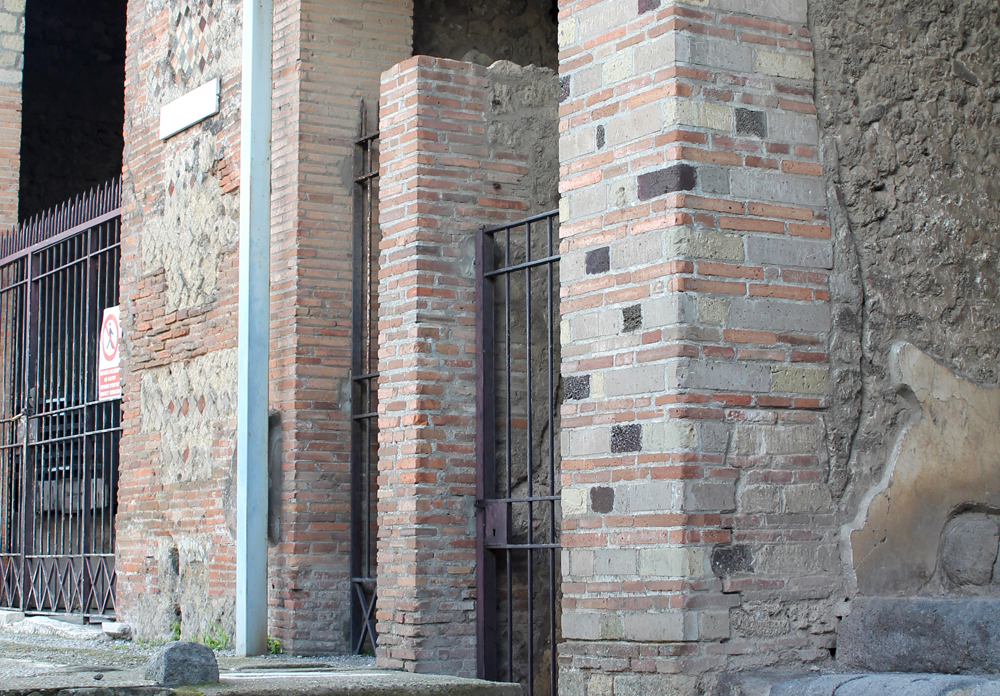
The House of the Golden Bracelet takes its name from the discovery of a precious, finely decorated armband around the wrist of a fugitive woman killed by the eruption. 40 aurei and 175 silver denarii were scattered nearby, having fallen out of a wooden box.
The hoarded money

Naples, National Archaeological Museum, Coin cabinet. Aureus of Vespasian, Mint of Rome, 75-79 AD ©SBAN.
IMP CAES VESPASIANVS AVG Laureate head to r.
R/ AETERNITAS Aeternitas standing l., holding the heads of Sol and Luna; to l. altar
Inv. P.14273; g 7,35; mm. 19. RIC II, p.28, n.121a
Comment
On the lower floors of the house, founded on city walls, various individuals were discovered who had met their death there, among which there was a well-to-do Pompeiian lady who wore two rings and a valuable solid gold bracelet, finely decorated and weighing 610 grams. Following this exceptional discovery, the place was named the House of the Golden Bracelet.
A small distance away, at the foot of the stairs that led to the garden, a wooden and bronze box was found in which one of the fugitives, perhaps the lady herself, had tried to carry her liquid assets of 40 aurei (inv. 14270 â 17309) and 175 silver denarii (inv. 14312).
Related Content
-

Special Superintendence for the Archaeological Heritage of Pompeii, Herculaneum and Stabiae official site
-

Naples National Archaeological Museum official site
-
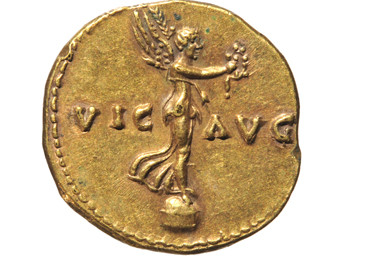
Italian Numismatic Portal, Virtual showcases of the Archaeological Museum of Naples Coin and Medal Collection
-
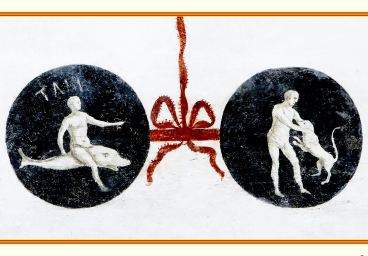
Italian Numismatic Portal, Notiziario n. 1-2013. Archaeological Museum of Naples Coin and Medal Collection
-
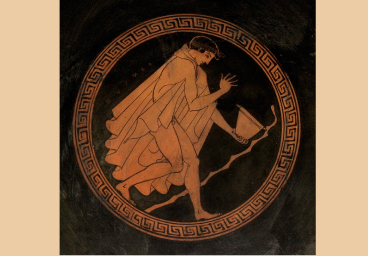
Italian Numismatic Portal, Notiziario n. 2-2013. Archaeological Museum of Naples Coin and Medal Collection
-
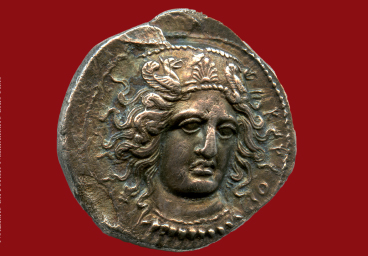
Italian Numismatic Portal, Notiziario n. 5-2014. Superintendence for the Archaeological Heritage of Naples, Archaeological Museum of Naples Coin and Medal Collection


